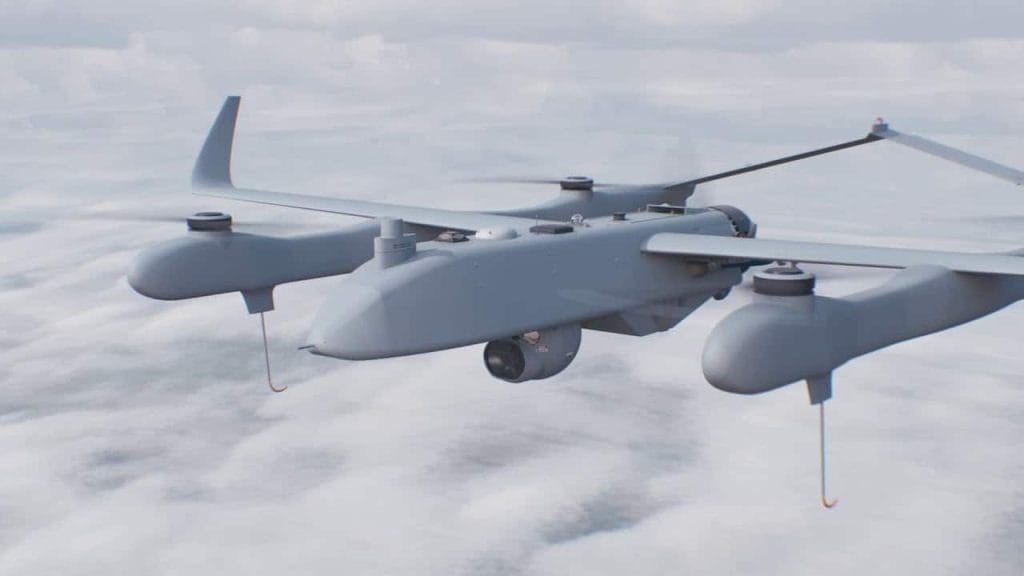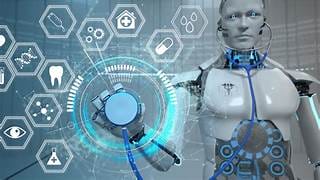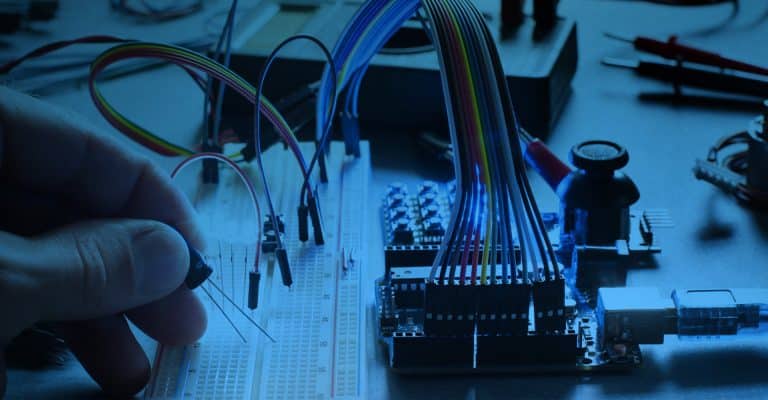Latest Trends in UAVs: Shaping the Future of Aerial Innovation
June 21, 2024 2024-06-21 11:11
Latest Trends in UAVs: Shaping the Future of Aerial Innovation
Unmanned Aerial Vehicles (UAVs), commonly known as drones, have evolved from niche gadgets to indispensable tools across various industries. The rapid advancement in UAV technology is driving significant changes in how businesses operate, providing innovative solutions and creating new opportunities. This article explores the latest trends in UAVs and their impact on different sectors.
1. Advanced Autonomous Capabilities
One of the most exciting trends in UAV technology is the development of advanced autonomous capabilities. Modern drones are increasingly equipped with sophisticated artificial intelligence (AI) and machine learning algorithms that allow them to perform complex tasks with minimal human intervention.
Key Features:
- Obstacle Detection and Avoidance: Using sensors and AI, drones can navigate around obstacles and maintain flight paths without manual control.
- Automated Missions: Drones can be programmed to follow specific routes and complete tasks such as surveying or inspections autonomously.
- Swarm Technology: Multiple drones can work together in coordinated swarms, enhancing efficiency and enabling new applications like large-scale environmental monitoring.
2. Enhanced Data Collection and Analysis
The integration of advanced sensors and data analytics tools has significantly improved the capabilities of UAVs in data collection and analysis. Drones can now gather high-resolution imagery, thermal data, LiDAR (Light Detection and Ranging) scans, and more, providing detailed insights for various applications.
Applications:
- Agriculture: Drones equipped with multispectral sensors can monitor crop health, detect diseases, and optimize irrigation practices.
- Construction and Infrastructure: UAVs provide accurate topographical maps, monitor construction progress, and inspect infrastructure for maintenance.
- Environmental Monitoring: High-precision data from drones helps in tracking wildlife, assessing forest health, and monitoring water bodies.
3. Regulatory Developments
As UAV usage proliferates, regulatory bodies worldwide are updating and implementing new policies to ensure safe and efficient drone operations. These regulations are crucial for integrating UAVs into national airspaces and expanding their commercial use.
Notable Changes:
- Beyond Visual Line of Sight (BVLOS) Operations: Regulations are evolving to allow BVLOS operations, which enable drones to fly beyond the pilot’s direct line of sight, expanding their range and applications.
- Remote Identification: New rules require drones to broadcast identification and location information, enhancing safety and security.
- Drone Delivery: Regulatory frameworks are being established to facilitate commercial drone delivery services, paving the way for widespread adoption in logistics.
4. Improved Battery Technology and Flight Time
Battery technology is a critical factor in the performance of UAVs. Recent advancements in battery efficiency and energy density are leading to longer flight times and greater operational range for drones.
Innovations:
- Lithium-Sulfur Batteries: These batteries offer higher energy densities compared to traditional lithium-ion batteries, potentially doubling the flight time of UAVs.
- Hydrogen Fuel Cells: Some drones are now using hydrogen fuel cells, which provide longer flight durations and faster refueling times compared to batteries.
- Solar-Powered Drones: Solar panels integrated into the drone’s structure can extend flight time by harnessing solar energy during flights.
5. Urban Air Mobility (UAM)
Urban Air Mobility (UAM) is an emerging trend that envisions a network of air transportation systems within urban areas. UAVs play a crucial role in this vision, offering solutions for passenger transport, cargo delivery, and emergency services.
Prospects:
- Air Taxis: Companies are developing passenger-carrying drones, or air taxis, that can provide quick and efficient transportation in congested urban areas.
- Emergency Response: UAVs equipped with medical supplies or defibrillators can swiftly reach accident sites, providing critical aid before human responders arrive.
- Smart Cities: Integration of UAVs into smart city infrastructure for tasks like traffic monitoring, pollution control, and security surveillance.
6. Innovative Use Cases and Industry Applications
UAVs are continually finding new applications across different industries, driven by innovation and technological advancements.
Examples:
- Entertainment: Drones are being used in filmmaking and live events to capture stunning aerial footage and create dynamic light shows.
- Retail: Companies like Amazon and Walmart are exploring drone deliveries to improve logistics and enhance customer service.
- Public Safety: Law enforcement and firefighting agencies are using drones for surveillance, search and rescue operations, and disaster response.
Conclusion
The latest trends in UAV technology are revolutionizing various sectors by offering innovative solutions and creating new opportunities. As drones become more autonomous, data-driven, and integrated into regulatory frameworks, their potential applications will continue to expand. Keeping up with these trends is essential for businesses and industries looking to leverage UAV technology to enhance their operations and stay competitive in a rapidly evolving landscape.
Related Posts
Latest Trends in UAVs: Shaping the Future of Aerial Innovation
June 21, 2024 2024-06-21 11:11Popular Tags





























